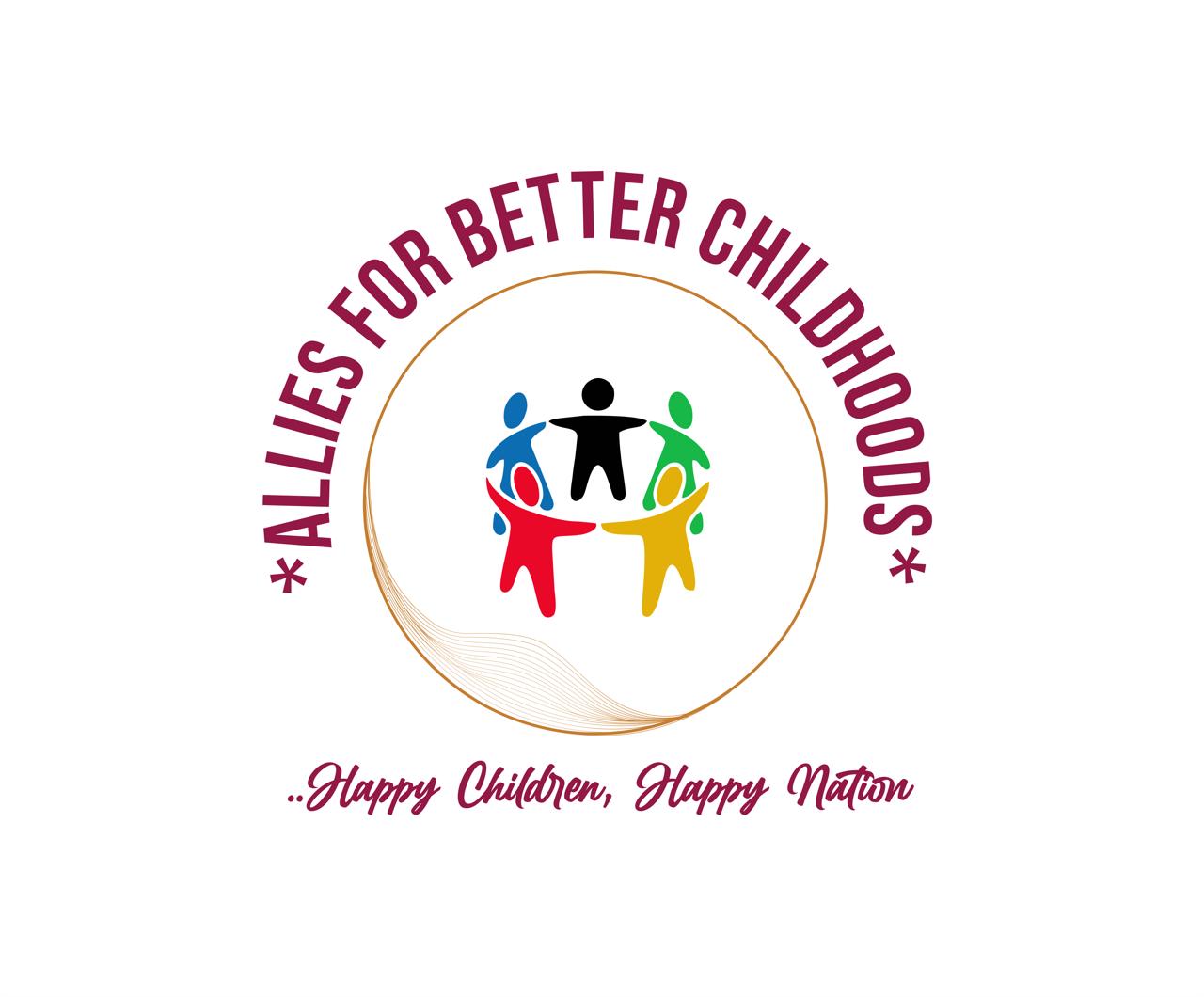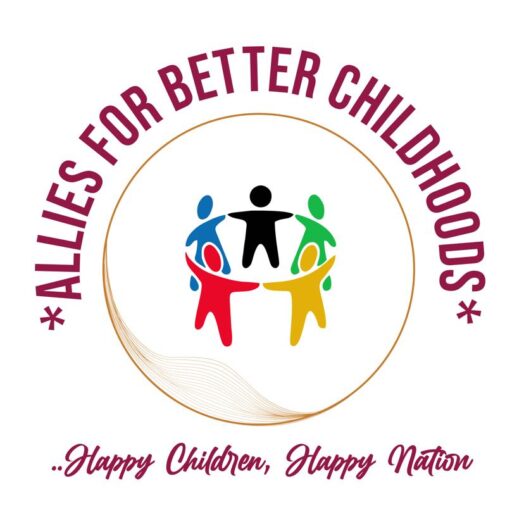Child labor is a significant human rights issue across Africa that affects millions of children, hindering their development and diminishing their future opportunities.
Defined by the International Labour Organization (ILO) as any work that deprives children of their childhood, potential, and dignity, child labor exists in various forms and manifests in different sectors. The prevalence of child labor in Africa is driven by economic, social, cultural, and political factors, leading to far-reaching effects on individual children, families, and society as a whole.
Overview of Child Labor in Africa
Prevalence
The African continent has one of the highest rates of child labor in the world, with the ILO estimating that approximately 160 million children aged 5 to 17 are engaged in child labor, and over 70 million of those are involved in hazardous work. The issue is prevalent in both rural and urban areas, with varying forms including agriculture, mining, domestic work, street vending, and commercial sexual exploitation.
Contributing Factors
Several factors contribute to the high incidence of child labor in Africa:
1. Poverty: Economic hardship is the primary driving force behind child labor. Many families rely on the income generated by their children to survive. In impoverished communities, sending a child to work is often seen as a necessity rather than a choice.
2. Lack of Access to Education: In many regions, access to quality education is limited due to poverty, inadequate infrastructure, and the costs associated with schooling (tuition, uniforms, supplies). When education is not prioritized or accessible, families may opt to send their children to work instead.
3. Cultural Norms: In some communities, cultural practices may endorse child labor, either as a rite of passage or as a means of contributing to the family. Additionally, traditional views on education, especially for girls, may discourage families from investing in schooling.
4. Political Instability and Conflict: Regions beset by armed conflict and instability often experience increased rates of child labor. In conflict zones, children may be forced into work or military service, stripping them of their rights and youth.
5. Weak Legal Frameworks: While many African countries have laws aimed at protecting children from labor exploitation, enforcement is often weak. Corruption, inadequate resources, and lack of awareness contribute to the ineffectiveness of these laws.
Types of Child Labor in Africa
1. Agricultural Work: The majority of working children in Africa are engaged in agriculture, often working on family farms or in commercial plantations. Tasks may include planting, harvesting, and tending to livestock. This work is often hazardous and physically demanding.
2. Mining and Quarrying: Children are involved in informal mining and quarrying operations, often working in dangerous conditions and exposing themselves to toxic substances. Child laborers in this sector may face severe health risks, including injuries and respiratory diseases.
3. Domestic Work: Many children, particularly girls, are employed as domestic workers, where they face long hours, minimal pay, and exploitation—including physical or sexual abuse. These children usually live in their employers’ homes and have little to no access to education.
4. Street Children: In urban areas, many children are forced to work on the streets as vendors, beggars, or even in criminal activities. Street children are particularly vulnerable to exploitation, abuse, and trafficking.
5. Commercial Sexual Exploitation: Some children are forced into sexual exploitation as a result of poverty, trafficking, or a lack of alternatives, exacerbated by the demand for such services.
Effects of Child Labor
The impacts of child labor are profound, affecting children’s physical, mental, and social well-being, as well as broader societal and economic implications.
1. Physical Effects Health Issues: Children in labor-intensive roles often face long hours, dangerous work conditions, and exposure to harmful substances, leading to injuries, chronic health problems, and malnutrition.
Stunted Growth: Child labor can lead to inadequate nutrition and overall poor health, resulting in stunted physical and cognitive growth.
2. Psychological Effects Trauma and Abuse: Many child laborers experience physical and emotional abuse, leading to trauma. Victims of working in hazardous conditions or abusive environments may suffer from anxiety, depression, and low self-esteem.
Loss of Childhood: The demands of work deprive children of the opportunity to experience a normal childhood, hindering their emotional and psychological development.
3. Educational Consequences School Dropout: Children engaged in labor often miss school or drop out entirely, limiting their educational opportunities and perpetuating cycles of poverty.
Limited Skills Development: Without access to education, children miss out on acquiring essential skills that can help them secure better employment opportunities in adulthood.
4. Social Impact Social Stigmatization: Children engaged in labor, especially in exploitative situations, may face stigmatization from their communities, damaging their relationships and social networks.
Intergenerational Poverty: The lack of education and opportunities for child laborers perpetuates a cycle of poverty, as these individuals are less likely to secure quality jobs as adults.
5. Economic Consequences Lower Economic Productivity: When children are engaged in labor rather than education, the potential for human capital development is lost. This impact is felt not only by families but also at the national level as economies miss out on the contributions of educated and skilled adults.
Cost to Society: The societal costs of child labor manifest in increased poverty, crime rates, and reliance on social services, ultimately hindering national progress and development.
Addressing Child Labor in Africa
Tackling child labor requires a collaborative, multifaceted approach involving governments, NGOs, communities, and international organizations. Some strategies include:
1. Strengthening Legal Frameworks: Countries should enact and rigorously enforce laws to protect children from labor exploitation while addressing the root causes of poverty and lack of access to education.
2. Promoting Education: Providing free, quality, and accessible education can keep children in schools and out of the labor force. Incentives, such as scholarships or stipends for families, may encourage education over work.
3. Raising Awareness: Community awareness programs can change perceptions regarding child labor and highlight the importance of education and childhood development.
4. Economic Support for Families: Providing economic support or alternative income-generating opportunities for families can decrease reliance on child labor as a means of survival.
5. Collaboration with International Organizations: Partnerships with organizations focused on child welfare can help mobilize resources, knowledge, and strategies to combat child labor effectively.
Conclusion
Child labor remains a critical issue in Africa, affecting the lives of millions of children and hindering social and economic development. Addressing child labor requires national commitment, international cooperation, and community involvement to protect the rights of children and empower them through education and opportunity. Only through concerted efforts can we hope to end child labor and ensure a brighter, more equitable future for the continent’s youth.




